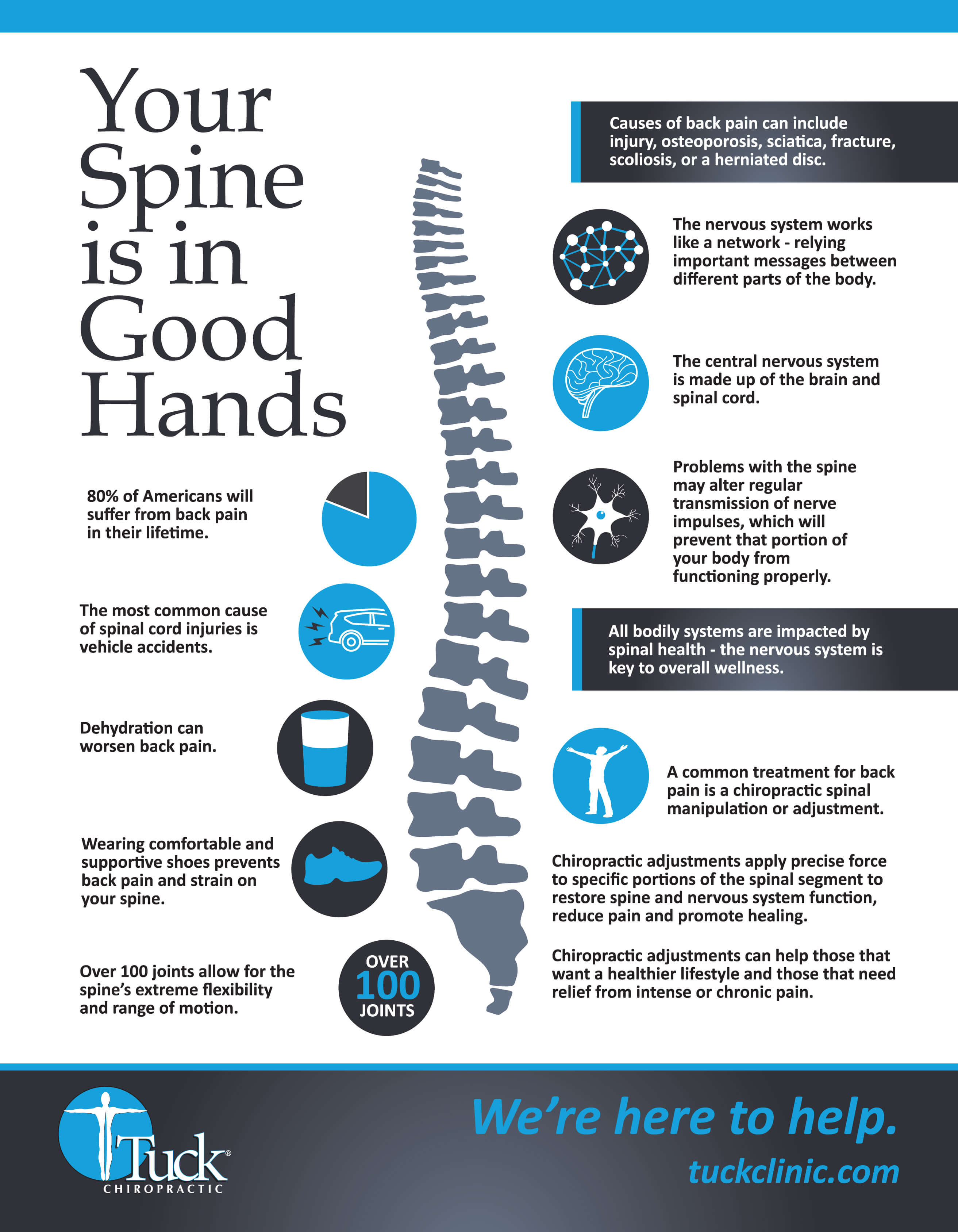Why Does Soft Tissue Therapy Pain? Recognizing The Process
Why Does Soft Tissue Therapy Pain? Recognizing The Process
Blog Article
Published By-Boysen Saleh
When you go through soft Tissue therapy, you could discover it surprisingly unpleasant. This discomfort occurs as pressure is applied to tense muscles and broken tissues, triggering your discomfort receptors. While it can feel upsetting in the minute, there's a reason behind this feeling. Recognizing what happens in your body during these therapies can aid you value the procedure. So, just what is going on under the surface area?
The Physiology of Discomfort During Soft Tissue Treatment
When you go through soft Tissue treatment, your body's response to discomfort is a complex interplay of physical procedures. As the specialist applies pressure, your body activates pain receptors, sending signals to your mind. This activates the launch of neurotransmitters, such as substance P and glutamate, which intensify the feeling of discomfort.
Your muscular tissues may likewise tense up in reaction, more complicating the experience. On top of that, your body may launch endorphins, all-natural pain relievers that can aid reduce some pain.
The interaction in between these processes can develop an one-of-a-kind experience for each person. Recognizing this physiological reaction aids you navigate the feelings throughout therapy, enabling you to value the balance between pain and the potential for healing advantages.
The Function of Discomfort in the Healing Refine
Although discomfort during soft Tissue treatment can really feel frustrating, it plays an essential duty in the recovery procedure. When you experience discomfort, your body is signaling that it's working to fix broken tissues. just click the next site aids boost blood flow to the afflicted location, providing essential nutrients and oxygen required for recovery.
Additionally, pain can advertise the release of endorphins, your body's all-natural medicines, developing a sense of alleviation post-treatment. Welcoming this discomfort can aid you recognize your body's limitations and motivate you to resolve underlying issues.
While it's uneasy now, this procedure is necessary for long-term recovery and improved feature. Identifying discomfort as an important part of healing can encourage you to remain dedicated to your therapy.
Tips for Managing Pain During and After Therapy
Taking care of pain during and after soft Tissue therapy can significantly boost your total experience and healing.
To start, interact freely with your therapist about your pain levels; they can adjust strategies appropriately. Making use of deep breathing strategies can additionally aid you kick back and reduce discomfort.
Think about using ice to the cured location post-session to decrease inflammation and numb soreness. Remaining moisturized help in the healing procedure, so consume alcohol lots of water.
Mild extending and light activity after treatment can advertise blood flow and ease tightness. related webpage but not least, ensure you get adequate remainder to allow your body to recover.
Applying these pointers can make your soft Tissue treatment much more manageable and enjoyable.
Final thought
Finally, while soft Tissue treatment can be unpleasant, it's important to acknowledge that this discomfort plays an important function in your healing trip. By recognizing the physiological actions at play, you can come close to the treatment with a more favorable attitude. Remember, the initial discomfort usually gives way to alleviation as your body releases endorphins. Accept the process, and don't think twice to make use of the pointers for taking care of pain to boost your experience and recovery.
